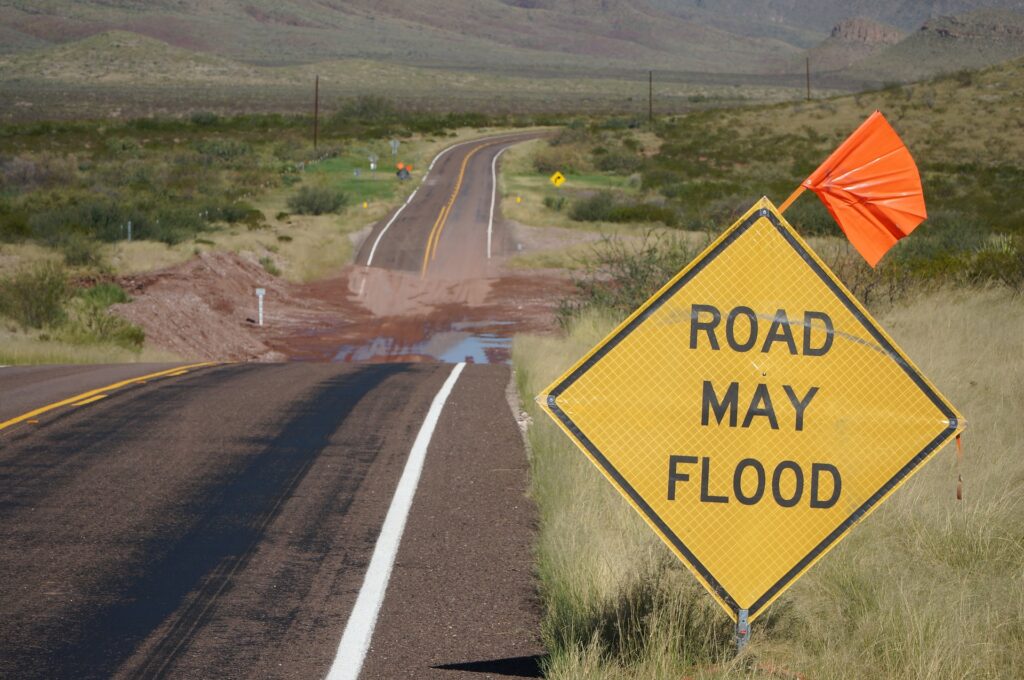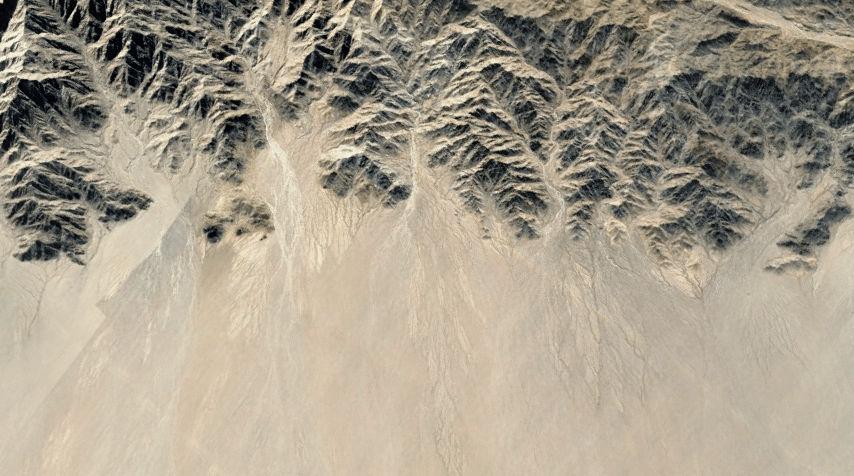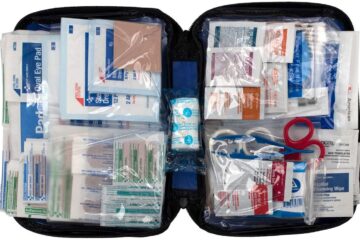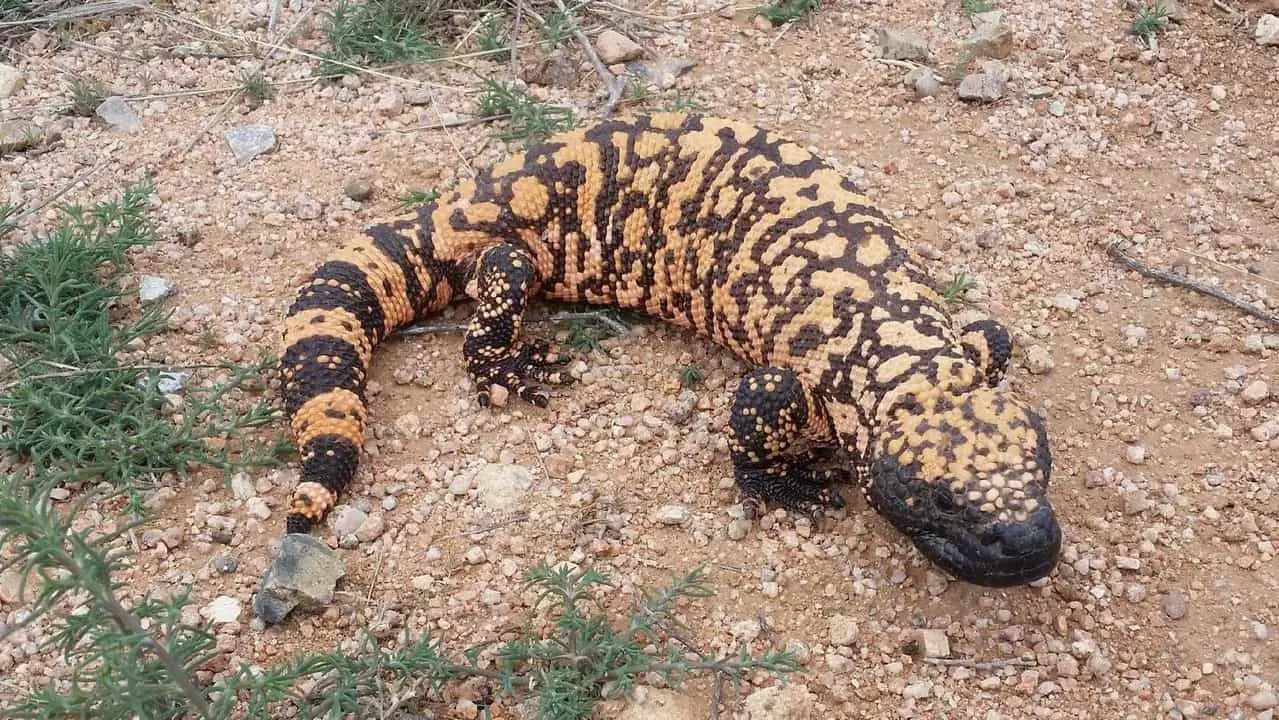Flash floods in the southwestern US are a yearly occurrence. The amount of water that can travel down a wash that moments before was dry is astonishing. In large dry riverbeds that cover many miles, there may not even be any clouds visible in the area you’re in. The debris and water runoff can sweep away most anything in its path, cars, campsites and people.
Not only are flash floods a yearly occurrence in the southwest, they also take lives yearly. A few years ago, in an area east of Payson, Arizona, 10 members of the same family were swept to their deaths by a raging torrent draining out of the Mogollon Rim country.
Flash Flood Season
Flash floods in desert and foothill country can happen at any time of year. Areas with little vegetation or areas denuded of ground cover by wildfires are especially susceptible to flooding.
The most common times of flash flooding are during the monsoon season, especially in Arizona and the eastern California desert regions. Monsoons are caused by tropical storms moving north from Mexico. The season is from mid July to early September.
Flash Flood Watch and Flash Flood Warning
Make sure your cell phone is set to receive weather alerts when traveling in flash flood country.
A flash flood watch means that heavy rainfall is coming down and flooding may be imminent. A flash flood warning means that flooding has been reported and is happening now.
Camping in Flash Flood Country
Keep aware of the sky and your surroundings. I never camp in drainage areas or dry washes, no matter what time of year. I’ve had a few close encounters with flash floods, and I prefer to camp up and out of washes, even when the skies are clear.
Sheet Flooding
Flash floods can cover large areas too, not just steep sided canyons. Several years ago, while driving out of a range of desert mountains after a day of prospecting and exploring, i had a first hand view of sheet flooding. We were following a four-wheel drive trail across an alluvial plain a few miles from Amboy, California.
The Google Earth screenshot above shows an alluvial plain that covers the bottom half of the area. It actually contains hundreds of small dry washes, some only a few inches deep. They fan out from the canyons above. Most desert ranges have terrain similar to this.
It had been a clear but humid day. It was late afternoon and we still had a few miles to go before we reached the two lane highway home. In a matter of about twenty minutes dark gray clouds and a strong wind came out of nowhere. Then the rain came. In buckets.
In the space of ten minutes so much rain fell the ground was not able to absorb it. Then It began to flow, first the small channels, then the entire ground surface all around us was covered in a sheet of flowing water.
Luckily there was an earthen flood control levee close by, and we managed to drive up onto it where we sat a few feet above the flooding for the next two hours. I’m not sure how deep the flood waters became, but as we waited, all manner of items drifted by us.
50 gallon drums, sections of chain link fence, wood and debris, even a 40 foot single wide mobile home came bobbing and scraping by, only to slowly flip onto it’s side and become wedged amongst the boulders.
The rain and flooding slowed and then stopped. by then it was dark and we had a heck of a time finding a way down off the badly eroded levee. We picked our way through the freshly rearranged countryside to the highway. We must have crossed close to 100 mud and rock filled washes on our slow journey home. Which brings us to…
Flooded Wash Crossings
Most rural two lane roads and highways across the desert southwest are subject to flooding at times
 Before possible flooding drive accordingly, slow before coming to dips in the road that you can’t see the bottom of. If there is active flooding occurring, I prefer to pull off the road on some high ground and wait it out.
Before possible flooding drive accordingly, slow before coming to dips in the road that you can’t see the bottom of. If there is active flooding occurring, I prefer to pull off the road on some high ground and wait it out.
The biggest danger in crossing a flooding wash is that sometimes the pavement can be eroded and washed away. The water may only appear to be a foot or so deep, but there may be several feet of water flowing below what used to be blacktop.
I remember quite a few years back, the center portion of a short bridge over a 20 foot deep channel washed away. it appeared to only have water running over the top of the pavement. Someone tried driving across only to drop into the torrent. His vehicle was found several weeks later, miles away and his body was never recovered.
Some other posts that might be of interest ;
How to Find Places to Park Your RV, Go Boondocking and camp for free


